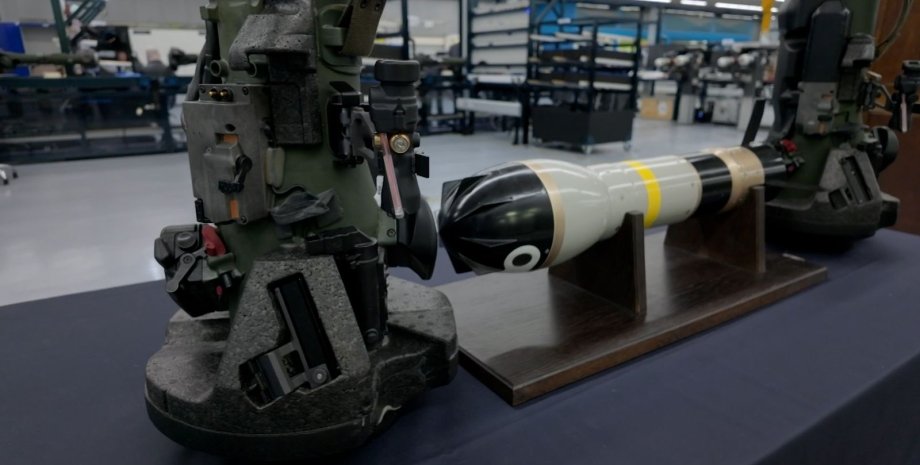
 By Victor Duda
By Victor Duda
The numbers reported by the Bain & Company Consulting indicate a serious problem that Ukraine's defense forces are confronted with ammunition from the US and Europe. The war in Ukraine was almost called the "Fire Battle" from the very beginning because of the number of artillery shells used.
This has pushed the United States, the United Kingdom and other European allies to increase production at their factories, but the opportunities of the West to produce artillery shells are still behind Russia, despite the aggregate economic power that is far superior to Russian. Thus, according to Ukrainian soldiers on the front line, there are five shells in response to each shot.
"Often, just one, two or three shells, we can completely destroy the target," said Senior Lieutenant Konstantin, commander of the 57th Brigade Artillery Battery in Kharkiv region. According to him, Ukrainian troops still need more ammunition. "We must continue to restrain the Russians . . . and make every meter of land they try to capture hundreds of lives," he explained. Bain & Company artillery research has shown that Russian plants will produce or repair about 4.
5 million ammunition this year compared to total production of approximately 1. 3 million shells in European countries and the United States. As for the cost, it is said that the average cost of production of 155 mm of a projectile was about $ 4,000 per one, although it was significantly different depending on the country. For comparison, the claimed cost of Russian production is about $ 1,000 for $ 152.
Journalists visited the location of a group of recruits in the east of the country who learned to use the N-LAW anti-tank missile, for the first time provided by the Ukrainian Military UK. Due to the lack of supplies, the fighters simply succeed that they shoot from weapons in training, reporters report. These complexes are truly planned only in battle-and only when there are some reserves.
"We do not have n-law, and we need more," said the soldier with the call sign "Bolt", who taught the recruits. When asked if he had a message to a plant workers in the UK who gathered weapons, Bolt replied: "We would like to thank our Western partners for their help. But if possible we would be very grateful if they could give more NATO ammunition.
" The importance of production of weapons and ammunition is the reason that many experts say that it is factory production lines, not the front line, can be a means of winning the war in Ukraine. In April, journalists visited a plant in Belfast, where the N-LAW rocket is gathered by Thales. The assembly takes place in a large hall with metal grinding machines. The working time at the production line at that time was only four days a week from 7am to 4pm, although it was expected to be increased.
Thales also produces its own weapons, including Starstreak, a small-range "land-to-air land" rocket capable of affecting planes, and a light multi-purpose rocket (LMM). Both are used in Ukraine. According to Philip Macbride, director Thales Belfast, N-LAW production capacity has doubled since the beginning of the year and there is an opportunity to double them again.
Asked why the expansion began only when a full -scale war broke out in February 2022, he explained that it was important to consider a number of factors. First, N-law supplies the UK Ministry of Defense, not Thales directly. The missiles were originally transferred to the Ukrainian military from army warehouses. Another important factor is the search for the details needed for N-LAW, which can take up to two years. Recall that Ukraine independently puts additional armor on the tanks of M1 Abrams.










All rights reserved IN-Ukraine.info - 2022